Televisions have been in existence for decades now; they play an important part in entertaining, educating and informing the world of the things happening. The following are 25 facts about television you didn’t know:
1. In 1884, Paul Gottlieb Nipkow of Germany, developed the first mechanical television which featured an 18-line resolution. His new contraption could relay images via wires by way of a rotating metal disk. However, Nipkow never named his invention as a television, but called it an electric telescope.
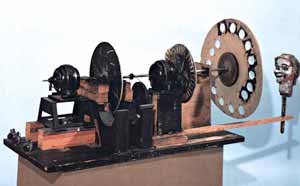
2. In 1906 inventor Boris Rosing independently combines Nipkow’s rotating metal disk idea, with his own idea of using a cathode ray tube.
3. The first recorded effort in making a mechanical television, was done In 1907 by two inventors — Englishman, A.A Campbell-Swinton and Boris Rosing of Russia. They each created a new television system by combining a cathode ray cylinder with a mechanical scanning system. Interestingly , these two men developed their versions independently of each other, but both created theirs in the early 1920s. Both their inventions included a rotating disc featuring cutaway holes in a spiral formation.
Others among the first to further develop of the mechanical television were American, Charles Jenkins, and the Scottish, John Logie Baird.
4. In 1927, the first modern electronic television system was invented by 21-year-old, Philo Taylor Fansworth, a young electronic buff. This young genius ideas proved to be lengths ahead of the mechanical television system of the day. Using his theories, Farnsworth was able to use a beam of electrons to capture moving images. His first image transmission was a line, then he famously transmitted a dollar sign via his invention. He did this after a prospective investor asked “When are we going to see some dollars in this thing, Farnsworth?”
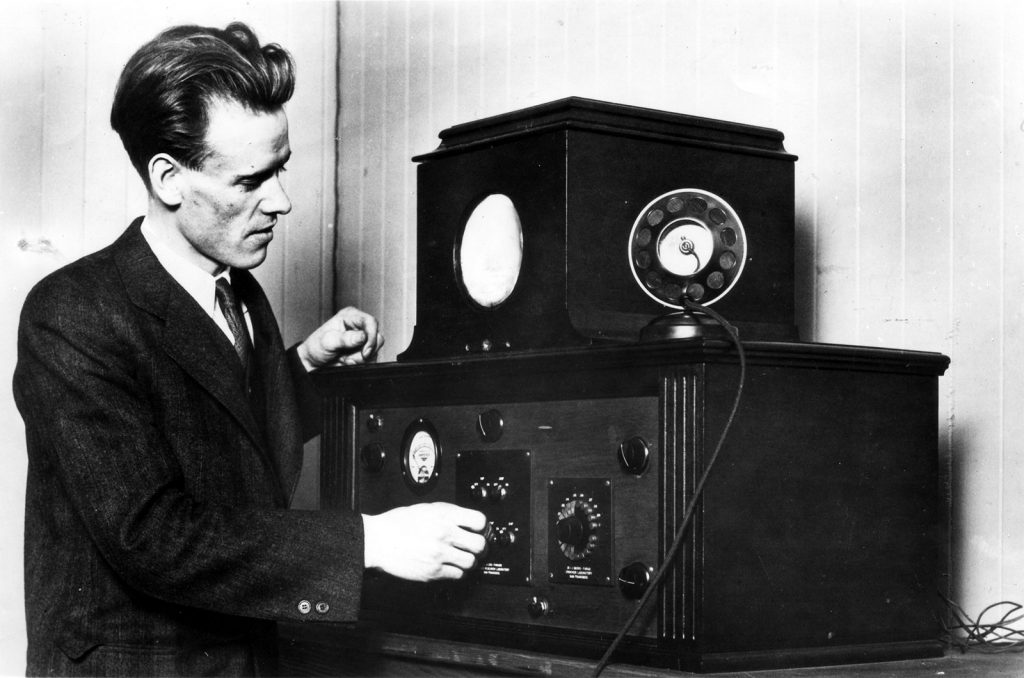
5. The first set of televisions for commercial sale to the general public, began in 1928. These TV sets were produced using John Baird’s improved mechanical television design.
6. By the early 1940s television resolution had greatly improved, and in 1943 John Baird offered the British government his 1000 scanlines standard resolution technology. However, his offer was silently refused.
7. The discussion for colored television became popular in 1946. One major industry player, CBS, pushed for the introduction of color TV programming. RCA, the second industry giant, held the position to retain black & white programming, as most of its sets were black & white resolution, and were not compatible with John Baird’s mechanical technology used by CBS.
8. RCA went on to develop their own color technology which was designed to be compatible with its customers RCA sets. Then in 1953, inspite of the FCC’s former support for the CBS type television, it newly acknowledged the superiority of RCA’s color television system over that of the CBS technology.
9. The picture and resolution capabilities of the early modern television featured a modest 200 to 400 lines of resolution. But by 1981, Japanese were using 1125 lines of resolution.
10. The standards for HD television quality were officially ratified in 1996.
11. The oldest running television talk shows: today, there are many different talk shows featuring various celebrities and other public figures; however, people do not know that the Ireland Late Show started in 1962. It is currently among the top talk shows on Television. The first and oldest show is the Tonight Show, which was first aired live in 1952; the two are currently the world’s oldest running television talk shows.
12. The first television advert: televisions broadcast a lot of adverts today; however, the first one was ever broadcasted on 1st July 1941 in New York City. The advert featured a Bulova watch, and it took 20 seconds. It came a few seconds before the baseball game, which was between Brooklyn Dodgers and Philadelphia Phillies. As it was the first time, they didn’t cost a lot of money, at that time an advert could cost only $9.
13. The year of invention: the first publicly demonstrated colour television system was unveiled in 1926 by J.L Baird, it was for the time and trial, and therefore it had thirty lines only, and it could only give coarse images. In 1928, Baird made the first overseas broadcast from London to New York over phone lines and in the same year demonstrated the first color television.
14. That 70s show: the producers of the That 70s Show formally needed chuck Norris to act the part of red of which he later did. The actor did play the region with the highest levels of skills, or we can call it determination, because you would not want to imagine any other person in the role.
15. The truth behind the Breaking Bad Show: if you ever watched the Breaking Bad Show, you understand what it entails, there is a lot of meths, and this should be made clear. All the meth you see in the show is the blue rock candy and not any other thing. The starring on the show could even eat the candies while on break.
16. Who is Louis C.K on television: this person is an actual television artist; he does more than writing and acting the episodes of his show Louie, he does the shooting, the editing, and each episode of his show has a budget of $250,000 to completion.
17. America oldest television programs: the Television Ghost is one of the oldest original television programs in America. It was first aired live in 1931; it featured an actor dressed like dead people narrating stories concerning their murders or deaths.
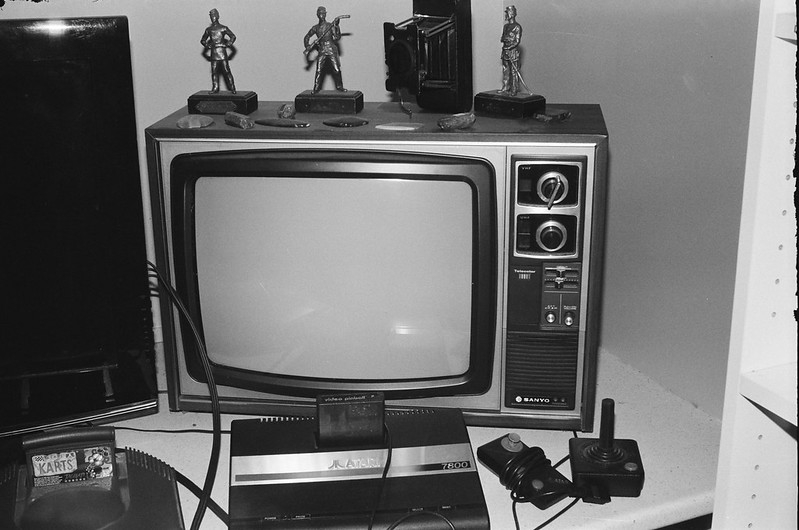
18. Effects of black and white television: most people dream in color; however, the category of people who grew up watching black and white television programs their dreams are primarily black and white due to the effect and much exposure to black and white.
19. The death of President Kennedy: after President Kennedy died in 1963, all television networks broadcasted for four days commercial-free, covering the funeral and other proceedings of his death that led to the networks losing $100 million advertising revenue.
20. The truth behind the Dying Rooms Documentary: this television documentary was filmed in 1955 featuring Chinese State Orphanages where babies and the disabled were left out to die of starvation and thirst as killing a child directly was an offense.
21. The unique thing about the inventor: the television inventor did not allow his kids to watch television; he could tell his son that there was nothing worthwhile on the television. They were not going to watch it in his household, he added, saying that he never wanted it in their intellectual diet.
22. CSI effect: the CSI effect is brought about by the scenes in television that involve crimes and dramas with unrealistic expectations, majorly to the forensic science and investigation techniques.
23. The 1969 public television funds: in 1969 the US government had plans to cut the public television funds; however, Mister Rodgers went to speak before the senate in Washington. Instead of cutting the funds, the budget was increased from $9 to $22 million.
24. The most appeared person on television: Dave Thomas, who founded Wendy’s fast foods restaurants appeared in over eight hundred commercials for his store, becoming the most advertisements on television history than any other person.
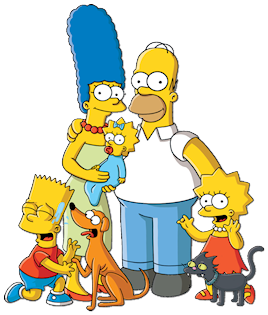
25. The Simpsons and Arthur: the Simpsons is the longest-running animated children series in the world, followed by the Arthur. The two are the top running children’s television shows in the US, they have many viewers, and they are believed not to be growing old.
26. What you didn’t know about Extreme Makeover: the television show Extreme Makeover: Home Edition has led many families into foreclosure, making the show start downsizing their new homes.
27. The 1974 blood and guts: in 1974 during a live news broadcast, a news anchor did some mysterious thing; she announced how she was bringing news about blood and gut and informed the viewers that they were about to see an attempted suicide case. After the announcement, she shot herself live on television.
28. The most-watched television show in the world: the British Show Top Gear has become the most-watched television show in the whole world, the estimated total views are 350 million per week, and it is watched in over 170 counties across the globe.
29. Children and television: researchers have estimated that American children will have watched over 13,000 deaths on television between five and thirteen. This means more television programs have death scenes, and children between the age watch the television more.
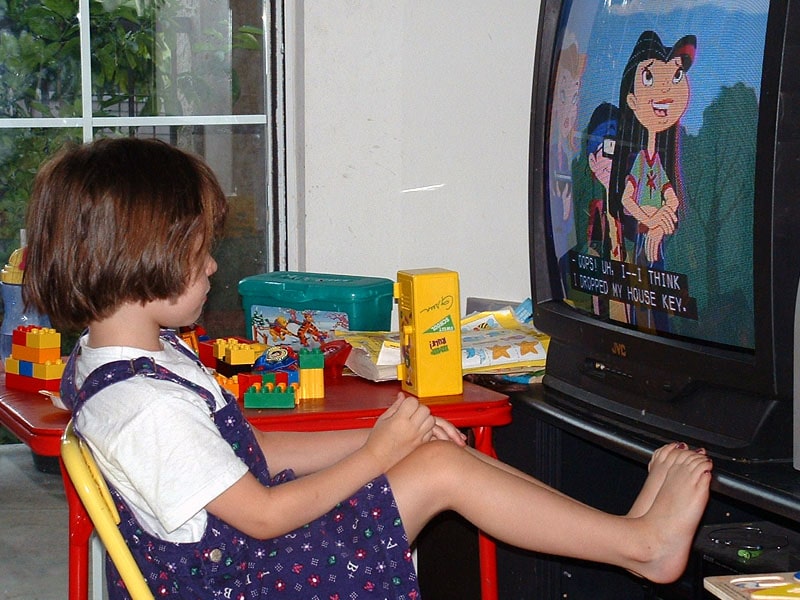
30. The NBC News revolving globe: the revolving globe is famous and utilized by the NBC News series; for many years, it turned in the wrong direction until 1984, when it was put right to revolve in the right direction. After the correction, the globe now revolves correctly.
31. Few people own televisions compared to phones: the research and studies show that a smaller percentage of the average population owns televisions than the population owning phones. This means phones are more affordable and valuable than televisions.
32. The existing television trauma: the Japanese kids show Pokeman caused over seven hundred children to have trauma and be rushed to hospital after a scary scene appeared while children were watching. In the ten seconds of Pikachu flashing his big eyes with the sound of a massive booming explosion, children got traumatized.
33. Television possession in the US: in the early 1950, only ten percent of the total population owned a television, but by 1960, at least 90 percent had advanced, and they had televisions in their households. Today, 99 percent of every home has a television, while 55 percent of youngsters have one in their bedroom.
